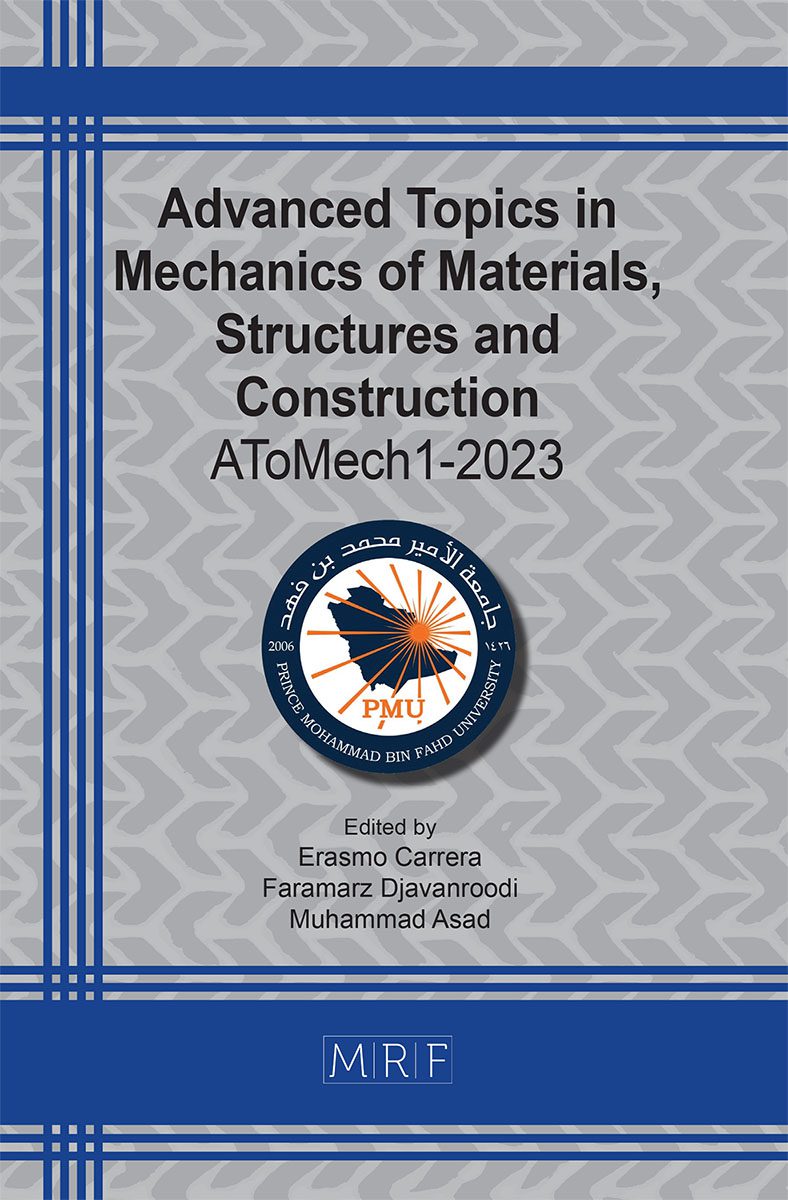Numerical simulation of high-pressure gas-jet impingement on the adjacent equipment
Esam I. Jassim, Muhammad Asad, Bashar Jasem
download PDFAbstract. Cold jet is a result of a high-pressure leakage through a wall crack, valve stem, or any other opening caused by an accident or failure to a high-pressure device. The phenomena and its impact on the adjacent and surrounding equipment are simulated using Computational Fluid Dynamics (CFD) techniques. For the preliminary study, the working fluid used in the simulation is methane. The simulation is linked to appropriate thermal and fluid property estimation software using parameter-tuned equations of state to predict the real multi-component natural gas flow conditions. Through the simulation, a spot of condensation and/or nucleation was predicted. These spots are crucial since their effect appear on the jet simulation in which multiphase properties must be considered. The results showed that the temperature variation on the adjacent surface is divided into three regions, namely: vicinity of stagnation point, sharp variation region, and mild variation region. Such distribution results in inception of thermal stresses that could cause catastrophic incident if rapture occurs. Hence, wall thickness of the equipment that exposed to cold jet should be cautiously selected to sustain the extra thermal stress as well as localised non-uniform stress distribution as detailed in the Finite Element based coupled thermo-mechanical analysis.
Keywords
High-Pressure Gas, Cylinder Rupture, CFD, Jet Impingement, Thermal Stresses
Published online 8/10/2023, 7 pages
Copyright © 2023 by the author(s)
Published under license by Materials Research Forum LLC., Millersville PA, USA
Citation: Esam I. Jassim, Muhammad Asad, Bashar Jasem, Numerical simulation of high-pressure gas-jet impingement on the adjacent equipment, Materials Research Proceedings, Vol. 31, pp 564-570, 2023
DOI: https://doi.org/10.21741/9781644902592-58
The article was published as article 58 of the book Advanced Topics in Mechanics of Materials, Structures and Construction
![]() Content from this work may be used under the terms of the Creative Commons Attribution 3.0 license. Any further distribution of this work must maintain attribution to the author(s) and the title of the work, journal citation and DOI.
Content from this work may be used under the terms of the Creative Commons Attribution 3.0 license. Any further distribution of this work must maintain attribution to the author(s) and the title of the work, journal citation and DOI.
References
[1] Esam I. Jassim, ‘Geometrical Impaction of Supersonic Nozzle on the Dehumidification Performance During Gas Purification Process: An Experimental Study’, Arabian Journal for Science and Engineering, 44 (2019), pp.1057-1067. https://doi.org/10.1007/s13369-018-3340-x
[2] Jassim, E. ‘Experimental Study on Dehumidification Performance of Supersonic Nozzle’, World Academy of Science, Engineering and Technology, Open Science Index 121, International Journal of Aerospace and Mechanical Engineering (2017), 11(1), 182 – 185.
[3] Jassim, E.I. (2016) ‘CFD study on particle separation performance by shock inception during natural gas flow in supersonic nozzle’, Progress in Computational Fluid Dynamics, Vol. 16, No. 5, pp.300-312. https://doi.org/10.1504/PCFD.2016.078755
[4] Jassim E.I., Awad, M.M. (2013), ‘Numerical investigation of nozzle shape effect on shock wave in natural gas processing’, In Proceedings of World Academy of Science, Engineering and Technology (Vol. 78, p. 326). World Academy of Science, Engineering and Technology (WASET).
[5] Jassim E., Abedinzadegan Abdi M., and Muzychka Y., ‘Computational Fluid Dynamics Study for Flow of Natural Gas through High Pressure Supersonic Nozzles: Part 1- Real Gas Effects and Shockwave’, Journal of Petroleum Science and Technology, Vol. 26, issue 15, 1757-1772, 2008. https://doi.org/10.1080/10916460701287847
[6]. Jassim E., Abedinzadegan Abdi M., and Muzychka Y., ‘Computational Fluid Dynamics Study for Flow of Natural Gas through High Pressure Supersonic Nozzles: Part 2- Nozzle Geometry and Vorticity’, Journal of Petroleum Science and Technology, Vol. 26, issue (15), 1773-1785, 2008. https://doi.org/10.1080/10916460701304410
[7] H. Wilkening, D. Baraldi, ‘CFD modelling of accidental hydrogen release from pipelines’, International Journal of Hydrogen Energy, Volume 32, Issue 13, 2007, Pages 2206-2215. https://doi.org/10.1016/j.ijhydene.2007.04.022
[8] Yajun Deng, Hongbing Hu, Bo Yu, Dongliang Sun, Lei Hou, Yongtu Liang, ‘A method for simulating the release of natural gas from the rupture of high-pressure pipelines in any terrain’, Journal of Hazardous Materials, Volume 342, 2018, Pages 418-428. https://doi.org/10.1016/j.jhazmat.2017.08.053
[9] Dharavath, M., Sinha, P. and Chakraborty, D. (2010) ‘Simulation of supersonic base flow: effect of computational grid and turbulence model’, Proceedings of IMechE in Journal of Aerospace Engineering, pp.311-319. https://doi.org/10.1243/09544100JAERO600
[10] https://www.yongancylinder.com/13-4L-ISO11439-Standard-High-Pressure-CNG-1-Vehical-Seamless-Steel-CNG-Cylinder-pd43004559.html
[11]https://www.matweb.com/search/DataSheet.aspx?MatGUID=638f2c3469bc46f3b4ef0ebd06867ce6&ckck=1
[12] https://virgamet.com/35hm-34crmo4-1-7220-35crmo4-34cd4-aisi-4135-structural-steel































